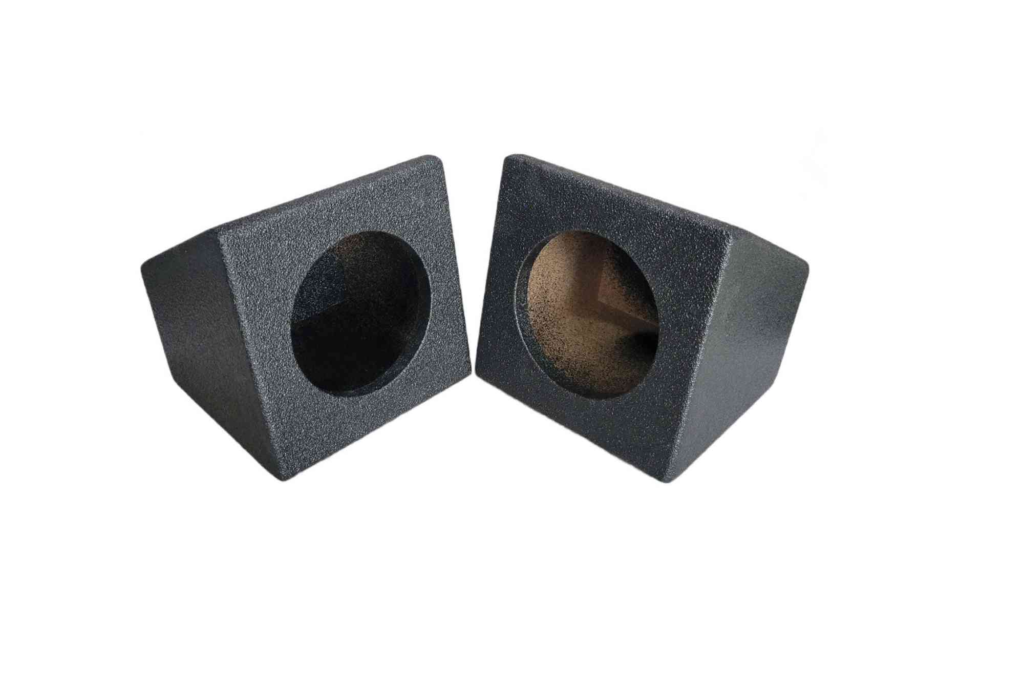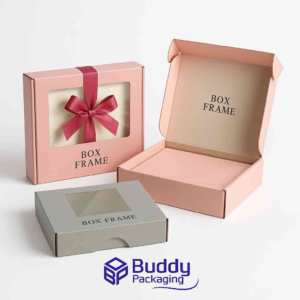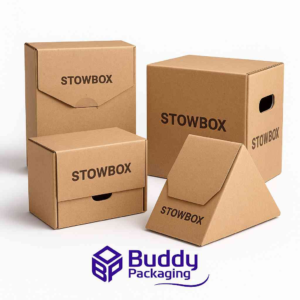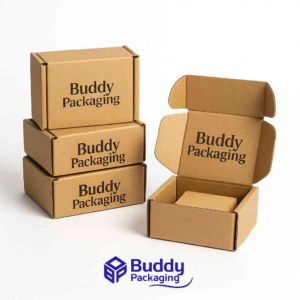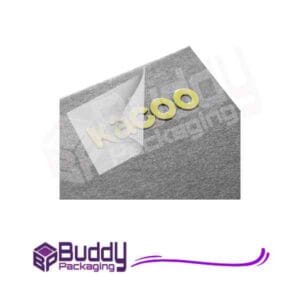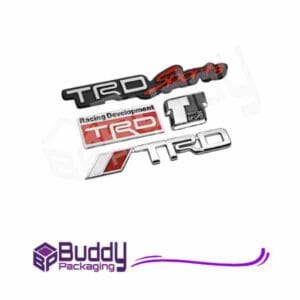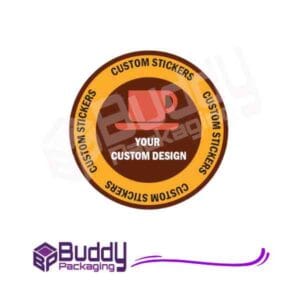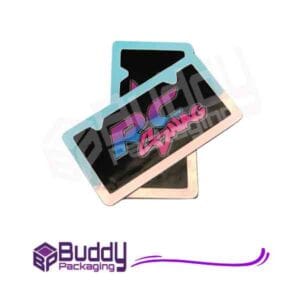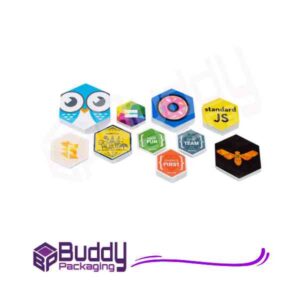Introduction
Designing the perfect car midrange speaker box is both a science and an art. It’s about achieving a balance between acoustic precision, material selection, and vehicle compatibility. The midrange speaker is the heart of your car’s sound system, responsible for reproducing most of the vocal and instrumental frequencies that make music sound full and natural. If the design of the speaker box is poor, even high-end speakers can fail to deliver the sound quality they’re capable of. This guide explores the principles, techniques, and practical steps for creating the best car midrange speaker box design — ensuring you get crisp, rich, and balanced sound every time you turn up the volume.
Understanding Midrange Speaker Box Design
The midrange driver covers frequencies roughly between 300Hz and 5kHz — the range where the human ear is most sensitive. That’s why proper box design is essential; it ensures that sound waves produced by the speaker are controlled, balanced, and free from distortion. The car midrange speaker box design determines how air moves inside the enclosure, which directly affects the clarity and depth of your audio output.
A well-designed box helps reduce unwanted resonance and enhances the speaker’s ability to project sound evenly throughout the car cabin. Unlike subwoofer boxes, which focus on deep bass, midrange enclosures prioritise clarity and tonal balance. The goal is not just volume, but quality — a sound that feels natural and engaging.
The Role of Enclosure Type
When planning a car midrange speaker box design, one of the first decisions is the type of enclosure. Each style has unique characteristics:
Sealed Enclosure
A sealed box is airtight, offering tight, controlled sound reproduction. It’s ideal for achieving accuracy and smooth transitions across frequencies. For midrange drivers, sealed boxes provide excellent damping, reducing unwanted vibrations and improving transient response.
Ported Enclosure
Ported boxes include a vent or port that allows air to escape, boosting efficiency and output. This design can make midrange tones sound louder and more dynamic, though it requires precise tuning to avoid distortion or harshness.
Infinite Baffle Design
This type uses the car’s own structure as part of the enclosure, often the door panels or rear deck. It’s efficient in terms of space but demands careful installation to prevent sound leakage or rattling.
Choosing the Right Materials
Material selection plays a major role in how a midrange speaker box performs. MDF (medium-density fibreboard) is the industry standard due to its density and resistance to vibration. Plywood is lighter but can introduce resonance if not properly damped. For premium builds, fibreglass offers flexibility and can be moulded to fit complex car interiors while maintaining structural integrity.
Using internal dampening materials such as acoustic foam or polyfill can further enhance sound quality by absorbing unwanted reflections and standing waves. When designing your car midrange speaker box, make sure to seal all joints tightly and use screws or adhesive specifically rated for acoustic applications.
The Importance of Box Volume and Shape
Volume and shape directly influence frequency response. A box that’s too small restricts the cone movement, causing distortion. A box that’s too large can make the sound hollow. To find the ideal balance, refer to the manufacturer’s recommended specifications for your specific midrange driver.
Shape matters too. Irregular shapes can help prevent standing waves, which cause uneven sound distribution. While square boxes are easy to build, slightly curved or asymmetrical enclosures often produce more natural results.
Placement Inside the Car
Placement is often underestimated but is crucial in achieving a balanced soundstage. Ideally, midrange speakers should be installed where they can project sound evenly toward the listener. Common positions include door panels, kick panels, or custom dashboard mounts.
In cars with multiple midrange drivers, symmetry is essential. Unequal placement can lead to phase issues, where sound waves interfere with each other, diminishing clarity. Always test the sound after installation and make adjustments to angle, height, or enclosure orientation as needed.
Acoustic Damping and Sound Insulation
Vibrations from the car’s body and road noise can negatively impact midrange clarity. That’s why incorporating sound-deadening materials such as butyl mats or foam layers around the box can significantly improve performance. Insulating the surrounding area helps create a clean, undistorted listening experience.
Additionally, lining the inside of the box with damping material minimises internal reflections, allowing the speaker cone to move more freely. This step ensures your car midrange speaker box design delivers precision and detail across the entire midrange spectrum.
Crossover Integration
A crossover divides the audio signal into different frequency ranges for tweeters, midrange, and subwoofers. In a high-quality car midrange speaker box design, the crossover is vital for maintaining balance. Without it, frequencies can overlap, causing muddiness.
Use a passive crossover (built into the speaker system) or an active one (powered by an amplifier) depending on your setup. The crossover point for midrange speakers typically sits between 300Hz and 5kHz. Proper calibration ensures seamless transitions between frequency bands, resulting in a smooth, professional-grade sound.
Testing and Tuning Your Design
After building your speaker box, testing and tuning are crucial. Use a spectrum analyser or tuning app to measure frequency response. Listen carefully for peaks or dips in tone and adjust the crossover or enclosure damping accordingly.
Experimenting with different box fillings, port lengths, or mounting angles can dramatically change how your midrange frequencies sound. Remember, tuning is an iterative process — every vehicle has unique acoustics, and achieving the perfect balance requires patience and precision.
Real-World Box Design Tips
For enthusiasts looking to refine their project further, here are a few box design tips:
- Avoid sharp internal corners where sound can bounce and cause resonance.
- Ensure proper sealing around speaker mounting holes.
- Reinforce large panels to prevent flexing under pressure.
- Use high-quality wiring with minimal resistance to maintain signal purity.
For more professional insights and inspiration, check out expert box design tips from trusted industry sources.
Customisation and Branding Options
If you’re building a custom midrange box for a car show or commercial project, aesthetics matter too. Custom vinyl wraps, lighting, or logo engravings can make your speaker box stand out. For unique branding or promotional needs, explore Custom Boxes and design services tailored for car audio enthusiasts.
A personalised design not only enhances visual appeal but also communicates craftsmanship and attention to detail — traits that define high-end automotive sound setups.
Common Mistakes to Avoid
Even experienced builders can make errors that compromise sound quality. Avoid these pitfalls:
- Ignoring manufacturer specs: Always follow driver guidelines for box volume and tuning.
- Using poor materials: Low-density wood or plastic can vibrate, distorting sound.
- Skipping damping: Without proper insulation, reflections and resonance will degrade clarity.
- Incorrect placement: Poor speaker positioning can cause phase cancellation and uneven sound.
Each of these mistakes can be easily avoided through careful planning, testing, and adherence to acoustic principles.
A well-designed car midrange speaker box transforms your vehicle’s sound experience from ordinary to exceptional. By focusing on enclosure type, materials, tuning, and placement, you can achieve professional-quality audio that enhances every journey. Whether you’re an audiophile or a casual listener, investing time in thoughtful design pays off in sound quality, performance, and durability.
For additional resources and high-quality packaging or sticker solutions for your projects, visit Buddy Packaging Location to explore custom automotive branding options.
FAQs
What is the best box type for midrange speakers?
A sealed box generally provides the best accuracy for midrange frequencies. It offers a balanced and natural sound ideal for vocals and instruments.
How do I calculate the right box size for my speaker?
Check your speaker’s manual for recommended enclosure volume, usually listed in cubic feet or litres. This ensures optimal performance without distortion.
Can I use the car door as a speaker enclosure?
Yes, but only with proper insulation and sealing. Car doors can serve as infinite baffle enclosures, but sound leakage must be prevented for clean audio.
What material is best for a car midrange speaker box?
MDF is the most popular choice due to its density and acoustic properties, though fibreglass and birch plywood are also used for lightweight, custom applications.
Do I need a crossover for my midrange speakers?
Yes, a crossover ensures that midrange drivers only receive the frequencies they’re designed to handle, maintaining sound clarity and system balance.

